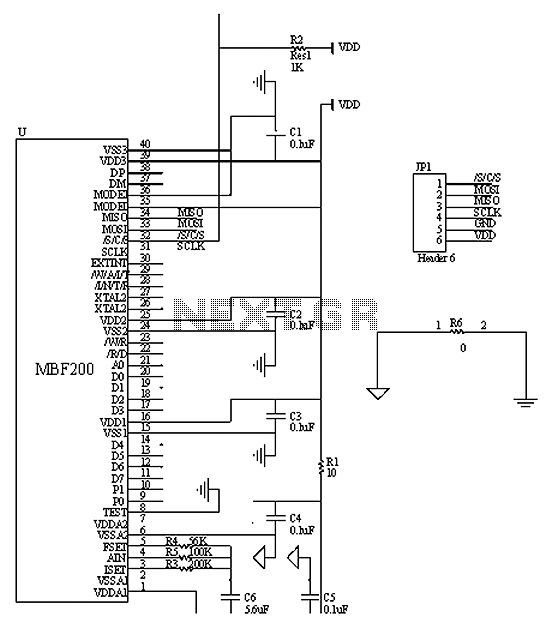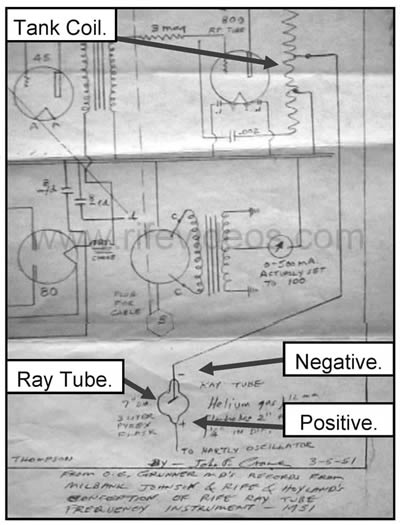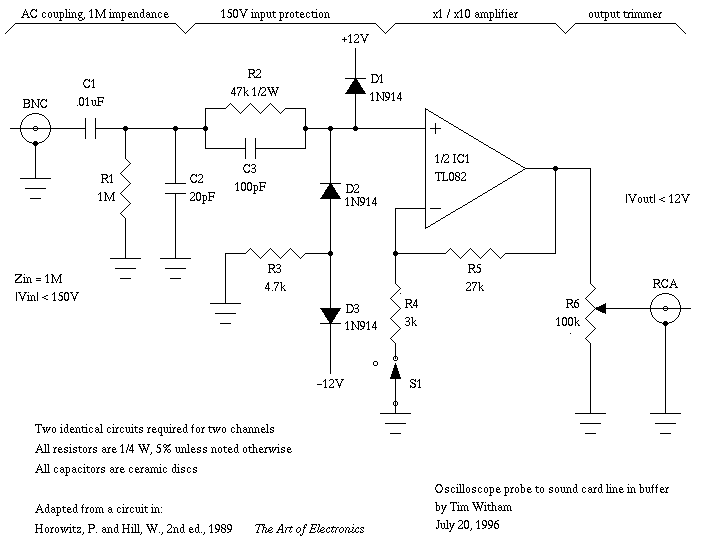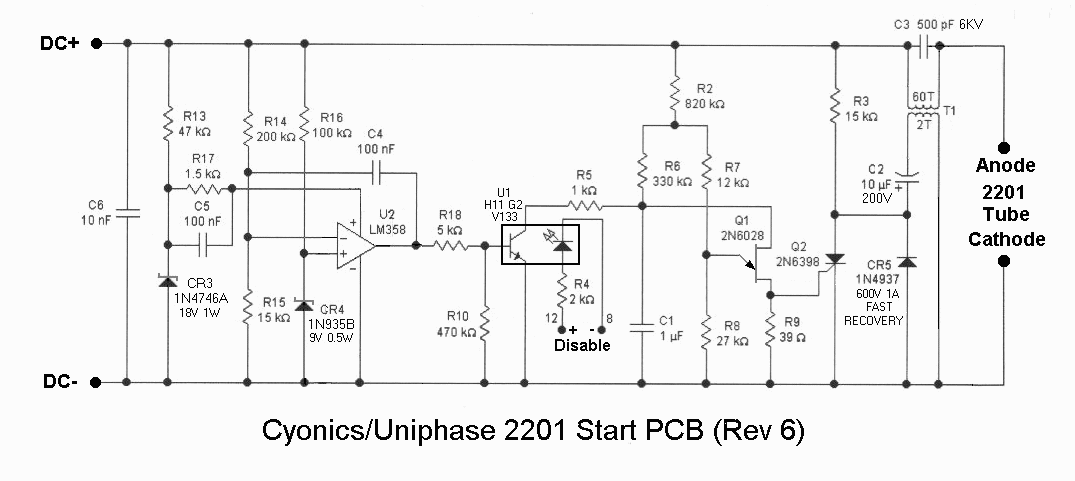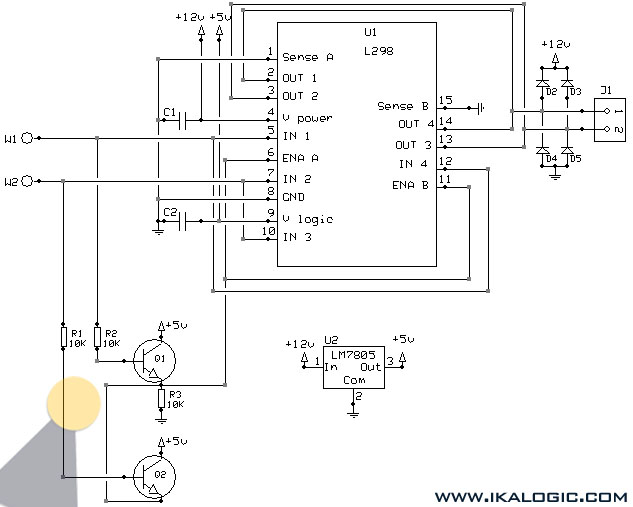
Help with a schematic please

A project is underway to construct the CountryHick DI as illustrated on DIYFactory, incorporating a few minor modifications. The final design aims to be a 1U unit with four inputs.
The CountryHick DI (Direct Injection) box is a crucial tool in audio engineering, particularly for connecting instruments directly to a mixing console or audio interface. The design focuses on ensuring high-quality sound capture while maintaining a compact form factor of 1U, making it suitable for rack-mounted setups.
The schematic typically includes four input channels, each equipped with a high-impedance input stage to accommodate various musical instruments, such as guitars and keyboards. Each channel may feature a dedicated transformer to isolate the input signal, reducing noise and interference from other electronic devices in the vicinity.
Additional components may include a ground lift switch for each channel, which helps eliminate ground loop hum, a common issue in audio setups. The output stage is designed to provide a balanced signal, ensuring compatibility with professional audio equipment.
Powering the unit can be achieved through a standard AC adapter or phantom power supplied by a mixing console, enhancing its versatility. The layout should prioritize signal integrity and ease of use, with clearly labeled inputs and outputs for straightforward connections.
In summary, the CountryHick DI project aims to produce a reliable and efficient direct injection box that meets the needs of musicians and audio engineers, providing high-quality sound reproduction in a compact and user-friendly format.Im working to build the CountryHick DI as shown on DIYFactory, with a couple of minor modifications. Eventually, This is going to be a 1u unit with 4.. 🔗 External reference
The CountryHick DI (Direct Injection) box is a crucial tool in audio engineering, particularly for connecting instruments directly to a mixing console or audio interface. The design focuses on ensuring high-quality sound capture while maintaining a compact form factor of 1U, making it suitable for rack-mounted setups.
The schematic typically includes four input channels, each equipped with a high-impedance input stage to accommodate various musical instruments, such as guitars and keyboards. Each channel may feature a dedicated transformer to isolate the input signal, reducing noise and interference from other electronic devices in the vicinity.
Additional components may include a ground lift switch for each channel, which helps eliminate ground loop hum, a common issue in audio setups. The output stage is designed to provide a balanced signal, ensuring compatibility with professional audio equipment.
Powering the unit can be achieved through a standard AC adapter or phantom power supplied by a mixing console, enhancing its versatility. The layout should prioritize signal integrity and ease of use, with clearly labeled inputs and outputs for straightforward connections.
In summary, the CountryHick DI project aims to produce a reliable and efficient direct injection box that meets the needs of musicians and audio engineers, providing high-quality sound reproduction in a compact and user-friendly format.Im working to build the CountryHick DI as shown on DIYFactory, with a couple of minor modifications. Eventually, This is going to be a 1u unit with 4.. 🔗 External reference
